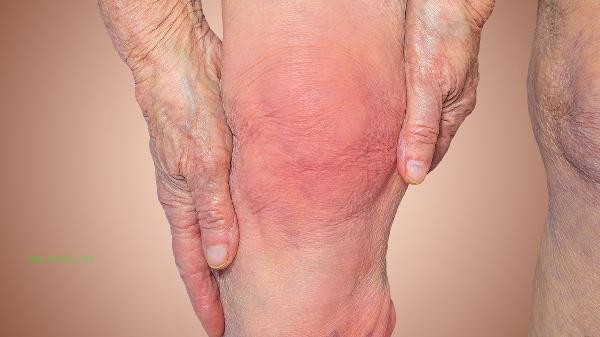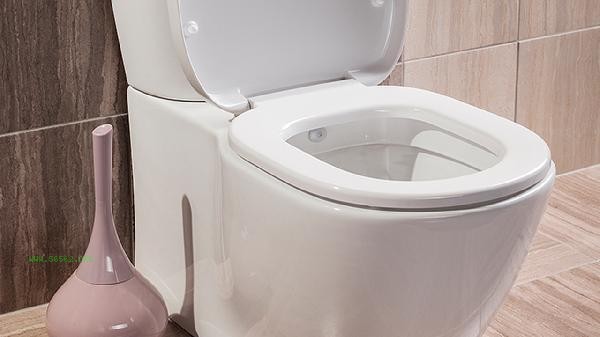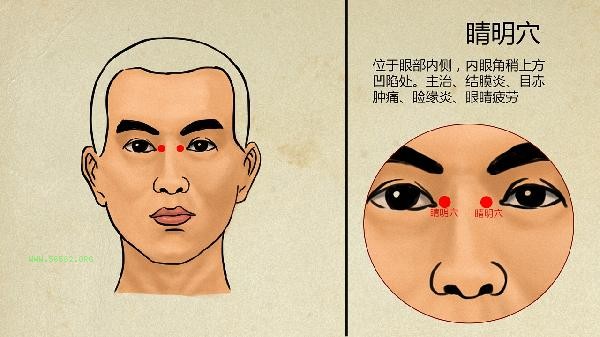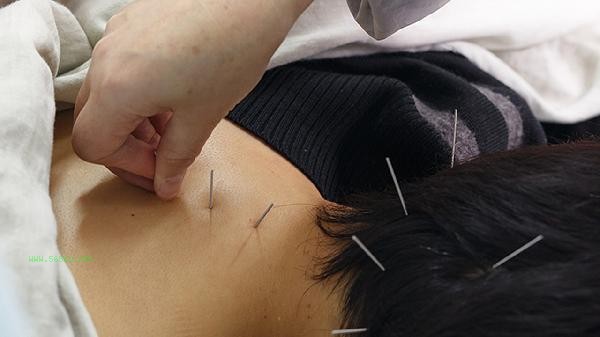Liposuction surgery is a plastic surgery that removes excess fat from the body through physical means, but it carries certain risks and sequelae, including infection, fat embolism, and uneven skin texture. Before surgery, it is necessary to fully understand the risks, choose a reputable hospital, and strictly follow medical advice for postoperative care.
1. Risk of infection. Liposuction surgery is an invasive procedure, and if the disinfection during the operation is not thorough or the postoperative care is improper, it may lead to wound infection. The symptoms of infection include redness, swelling, pain, fever, etc. After surgery, the wound should be kept clean and dry, antibiotics should be used according to medical advice, vigorous exercise should be avoided, and regular follow-up examinations should be conducted.
2. Fat embolism. During the surgery, fat particles may enter blood vessels and cause fat embolism. This is a serious complication that can lead to difficulty breathing, chest pain, and even shock. To reduce risks, a comprehensive physical examination should be conducted before surgery to rule out contraindications such as coagulation dysfunction. Surgeons need to operate with caution and avoid excessive suction.
3. The skin is uneven. Uneven liposuction or poor postoperative skin elasticity may result in uneven skin surface. To prevent this issue, it is necessary to evaluate skin elasticity before surgery and select suitable liposuction techniques. After surgery, shapewear can be worn to help the skin contract evenly. If unevenness occurs, secondary repair surgery may be considered.
4. Other risks. Liposuction surgery may also cause complications such as hematoma, nerve damage, and anesthesia accidents. Hematoma is usually caused by excessive intraoperative bleeding or improper postoperative compression, and requires timely treatment. Neurological injury may lead to local numbness or pain, most of which can recover on their own. Although anesthesia accidents are rare, they can be life-threatening, and preoperative anesthesia risk assessment is necessary.
5. Postoperative care. After liposuction surgery, patients should strictly follow medical advice, keep the wound clean, and avoid vigorous exercise. In terms of diet, it should be light and easy to digest, and consume more foods rich in protein and vitamins to promote wound healing. Within 1-2 weeks after surgery, it is necessary to wear shapewear to help tighten the skin. Regular follow-up, timely detection and treatment of complications. Although liposuction surgery can quickly remove excess fat, it is not suitable for everyone. Obese patients should prioritize dietary control and exercise for weight loss, and may undergo liposuction surgery under the guidance of a doctor if necessary. Before surgery, it is necessary to fully understand the risks, choose a reputable hospital, and strictly follow medical advice for postoperative care. Only through scientific and rational weight loss methods can safe and sustainable weight loss be achieved.








Comments (0)
Leave a Comment
No comments yet
Be the first to share your thoughts!